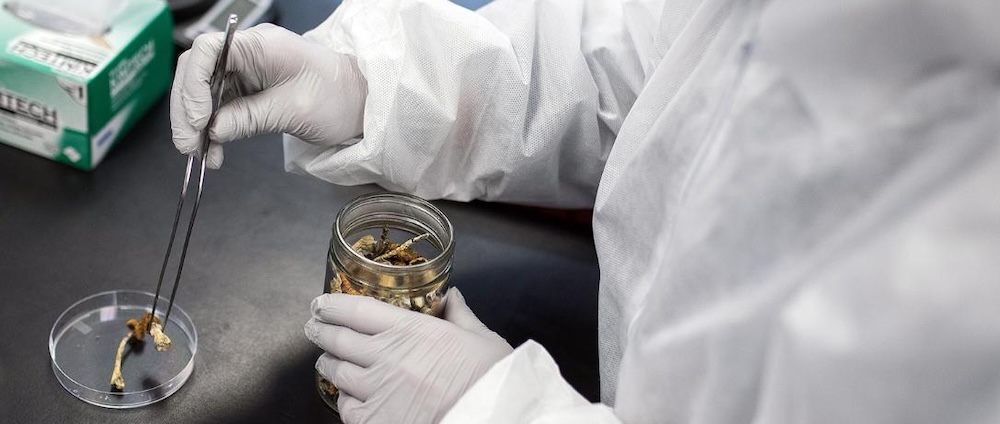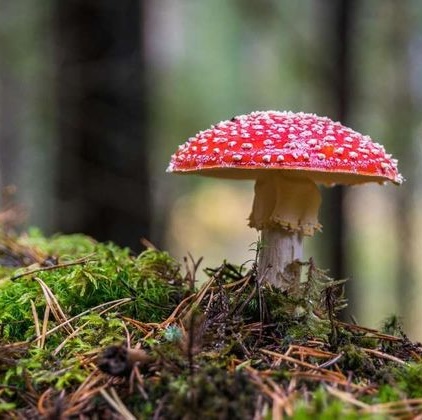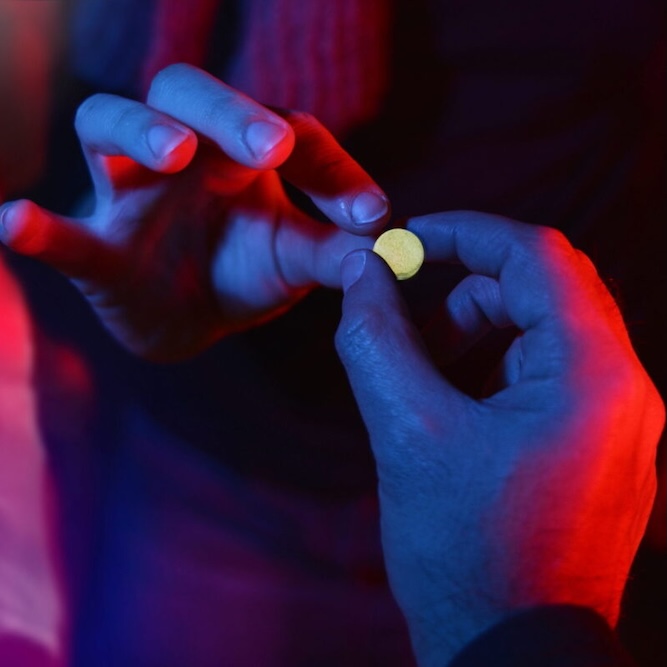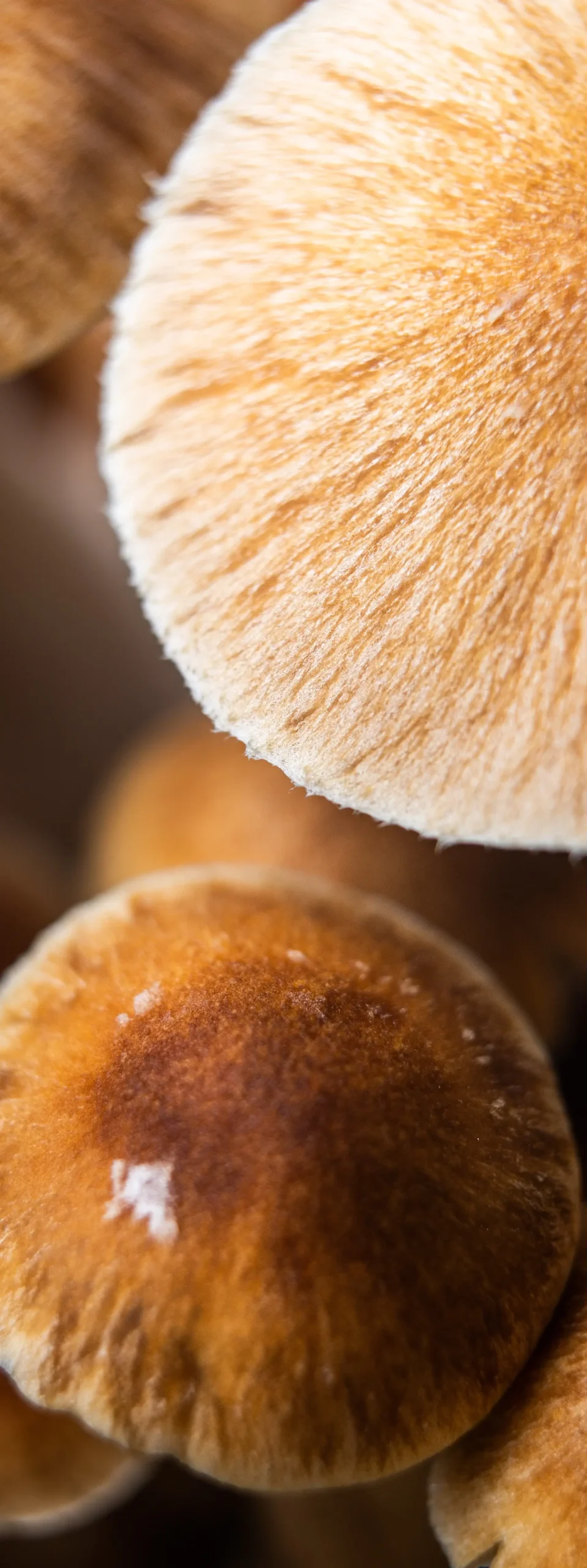In 1957, R. Gordon Wasson, a Wall Street banker, wrote an article for Life magazine about his experience with sacred mushrooms in Mexico. Alongside photographer Allan Richardson, Wasson described themselves as “the first white men in recorded history to eat the divine mushroom.” Little did they know, this event would ignite a counterculture movement and an ongoing debate about the nature of psychedelic substances.
A sacred tradition meets western science

Wasson didn’t just stumble upon these mushrooms; he was introduced to them by María Sabina, a Mazatec curandera. For her, the mushrooms were part of a sacred ritual deeply rooted in tradition, not just a psychedelic experience. After his encounter, Wasson sent samples to Albert Hofmann, the renowned chemist who had discovered LSD. Hofmann identified and isolated the active compound in the mushrooms: psilocybin.
Psilocybin in a pill
Hofmann and his team returned to María Sabina with synthetic psilocybin in pill form, declaring they had captured the essence of the mushrooms. Surprisingly, María Sabina gave them her blessing. However, the question remains: does this synthetic version truly encapsulate the full experience?
The rise of synthetic psilocybin
Today, we’re in the midst of a psychedelic renaissance, with synthetic psilocybin being studied for its therapeutic potential in treating depression, addiction, and other mental health disorders. Synthetic psilocybin is consistent, measurable, and fits perfectly into modern medical frameworks, making it the preferred choice for scientific research. But are we oversimplifying these ancient medicines?
What are we missing?
Mushrooms have been used for spiritual purposes for millennia, and some argue they are more than just a drug. Anthropologist Bia Labate describes them as beings with “subjectivity and intentionality.” Can these qualities really be reduced to a single molecule? Some researchers, like Sidarta Ribeiro, suggest the whole mushroom might have an “entourage effect,” where various compounds work together synergistically, as seen in cannabis.

The limitations of modern research
Hofmann and his team returned to María Sabina with synthetic psilocybin in pill form, declaring they had captured the essence of the mushrooms. Surprisingly, María Sabina gave them her blessing. However, the question remains: does this synthetic version truly encapsulate the full experience?
A balancing act
This isn’t about choosing between synthetic psilocybin and whole mushrooms—it’s about understanding that both might have different effects, and those differences could be important. As we explore new treatments for mental health, we must ask: are we fully capturing the essence of these ancient medicines, or are we losing something in translation?
A call for humility and openness
The answer isn’t straightforward. We need to approach this intersection of tradition and science with humility. By respecting the cultural roots of these medicines and embracing the potential of modern research, we may find that both the mushroom and the molecule have their place in the future of psychedelic medicine.
Finding the balance
As María Sabina’s blessing suggests, there may be room for both synthetic and natural forms of psilocybin. The challenge lies in finding the wisdom to navigate this balance.





